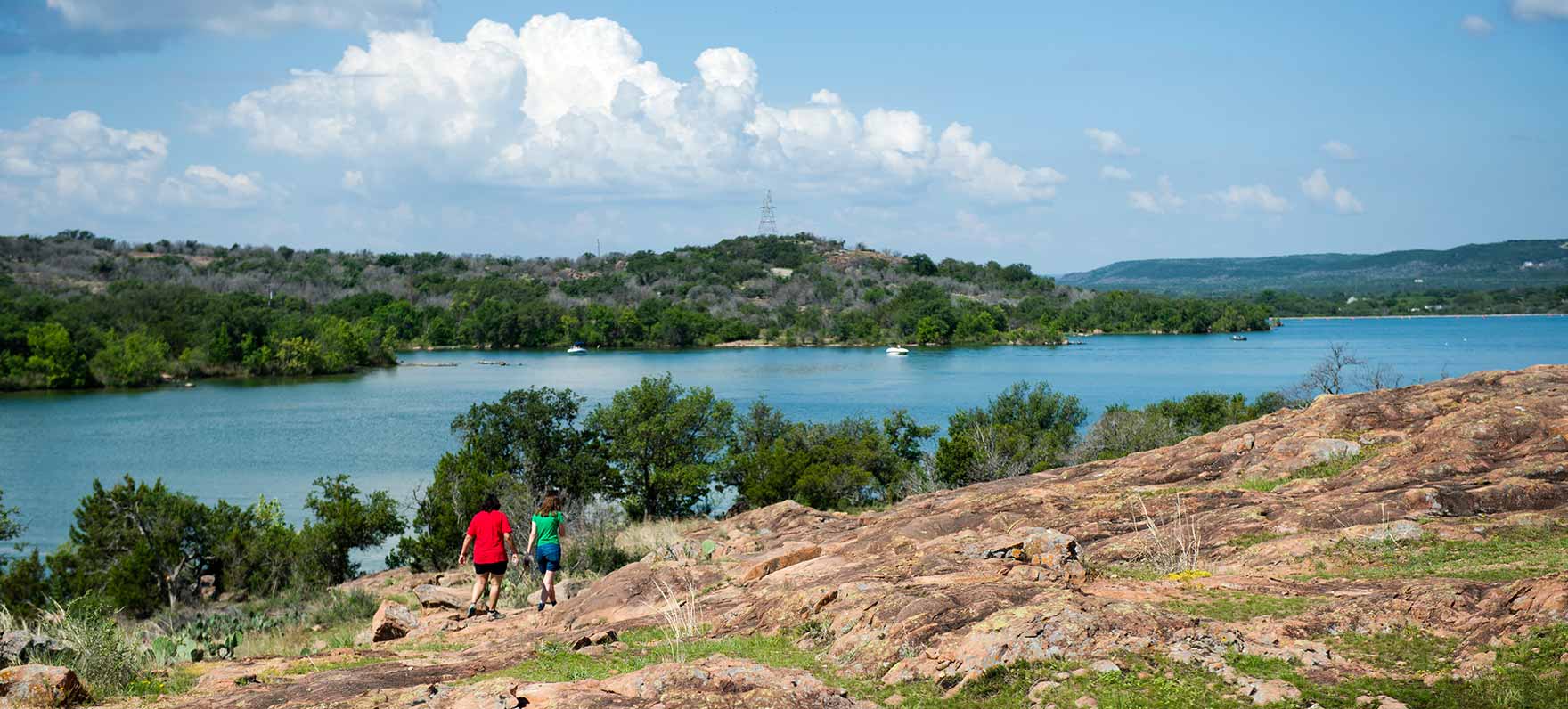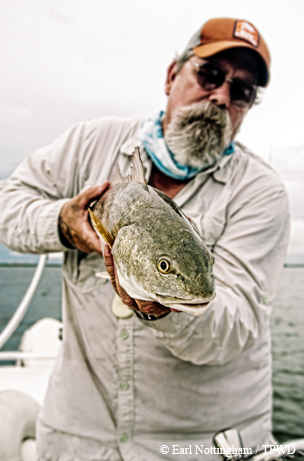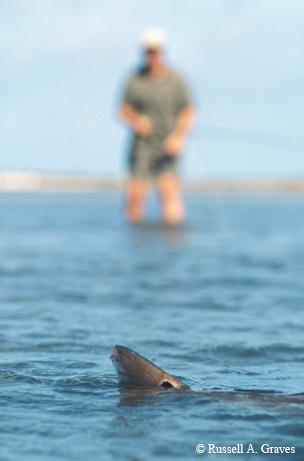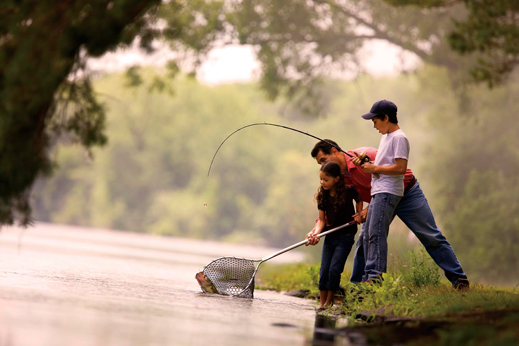Funding Conservation in Texas
Tuesday, June 9th, 2015This is Passport to Texas
The turn of the 20th century saw the US population begin its migration from farms and ranches into cities.
05- We’ve got almost all the people living in cities [now], and very few people living on the land.
Urban Wildlife biologist, Kelly Simon (SEA-mah) says an unintended consequence of the migration was estrangement from the natural world.
Hunters who maintained a close connection with the land witnessed the outcome of unregulated hunting and lack of habitat conservation first hand. At their urging, Congress enacted the Pittman-Robertson Act of 1937, creating a funding stream for conservation.
07- Through the purchase of hunting license fees and hunting equipment–these things help to fund conservation in the state of Texas.
It’s a new century, and we’re in need of fresh ideas to fund conservation in the 21st Century and beyond. Kelly Simon invites you to take part in the conversation.
12-You can go online, and find Teaming with Wildlife–True to Texas. Texans can get together, just as we did earlier in the last century; we can decide for ourselves in this century how we want to pay for conservation.
The Wildlife Restoration Program supports our series.
For Texas Parks and Wildlife…I’m Cecilia Nasti.






 Passport to Texas is a
Passport to Texas is a  Passport to Texas is made available by:
Passport to Texas is made available by: